Navigation auf uzh.ch
Navigation auf uzh.ch

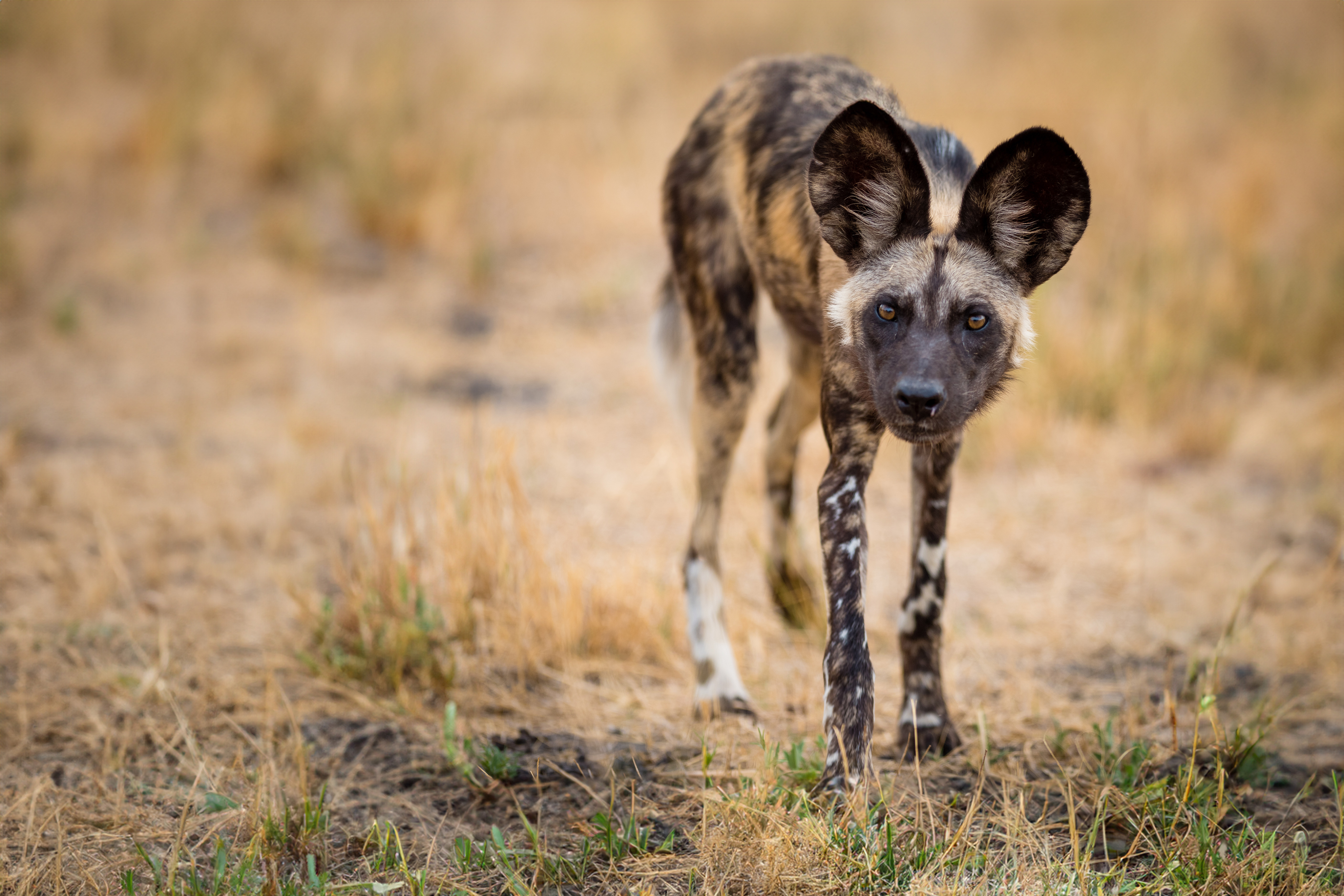
Working with the Botswana Predator Conservation Trust, we analyse birth and death rates, group structures, and track the movements of both resident packs and dispersing sub-adults. This comprehensive approach provides insights into their habitat preferences, success in establishing new territories, and the interplay between local and regional population dynamics.
The Ecology research at the University of Zurich is now ranked fifth worldwide, according to the 2023 Academic Ranking of World Universities (ARWU).
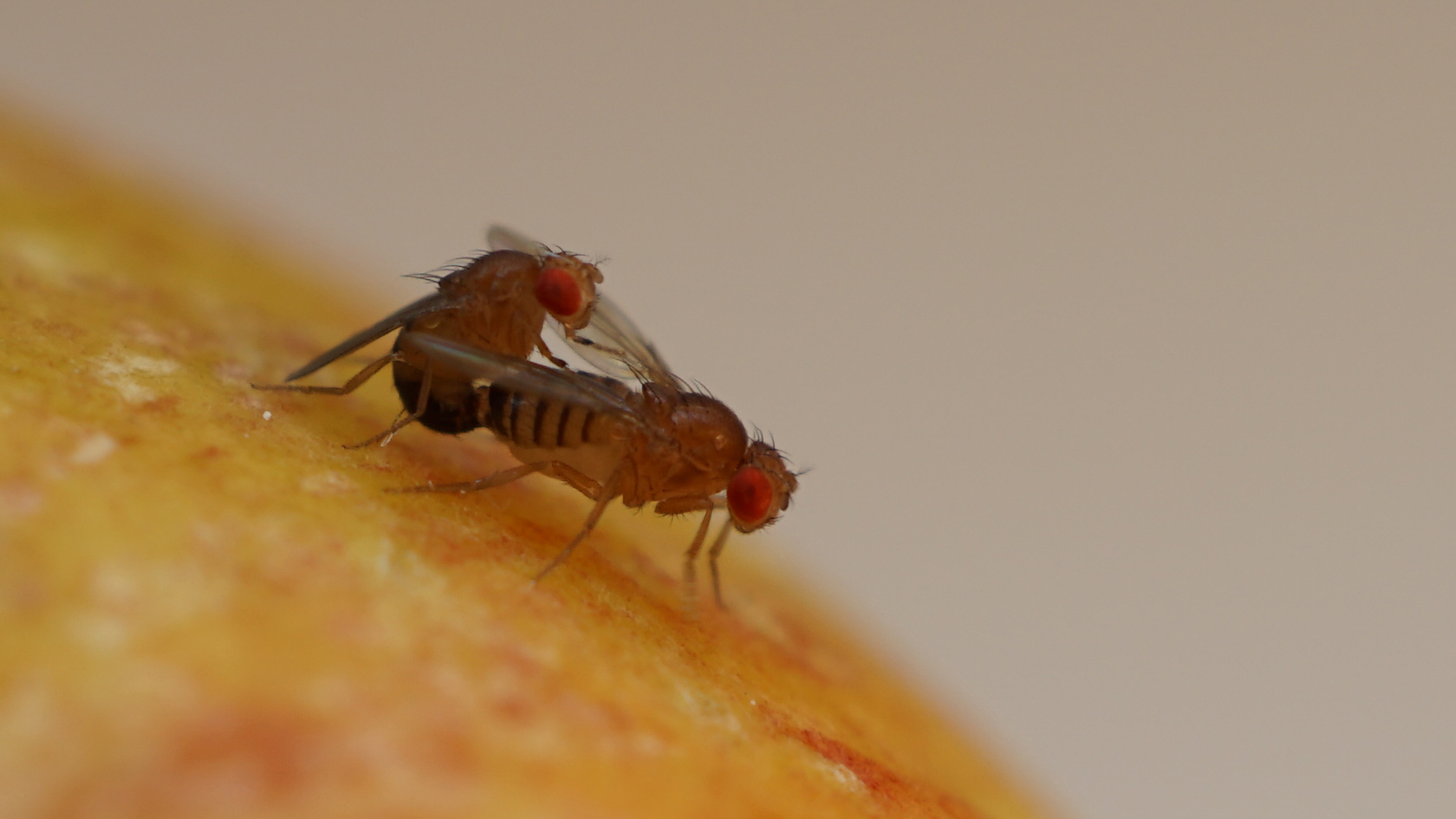
Genetic quality or genetic compatibility? What do female fruit flies prioritize when mating? Researchers at the University of Zurich show that both factors are important at different stages of the reproductive process and that females use targeted strategies to optimize the fitness of their offspring.
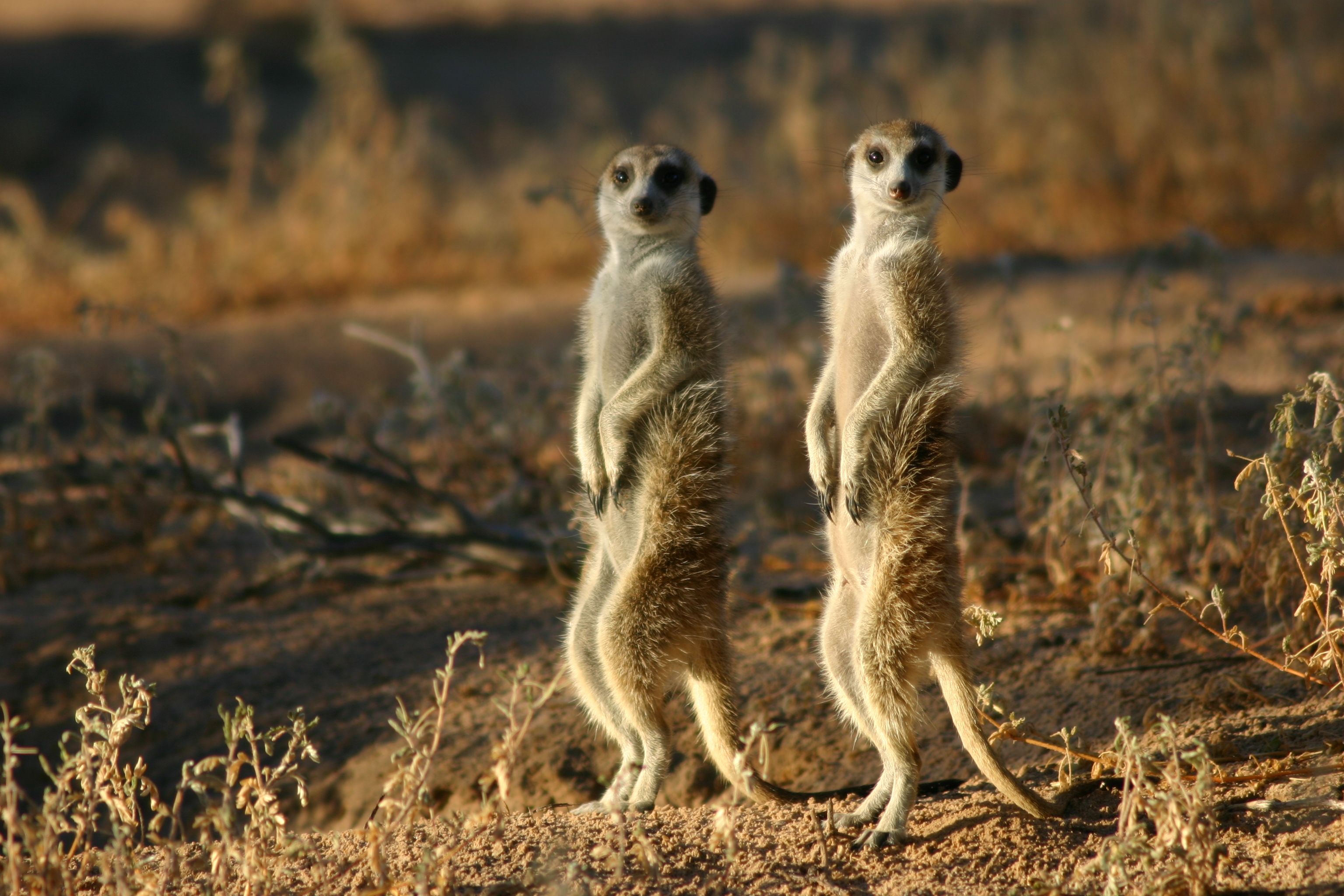
This autumn, our researchers conducted a comprehensive study at Zurich Zoo on the behaviour of meerkats in the Lewa Savannah.
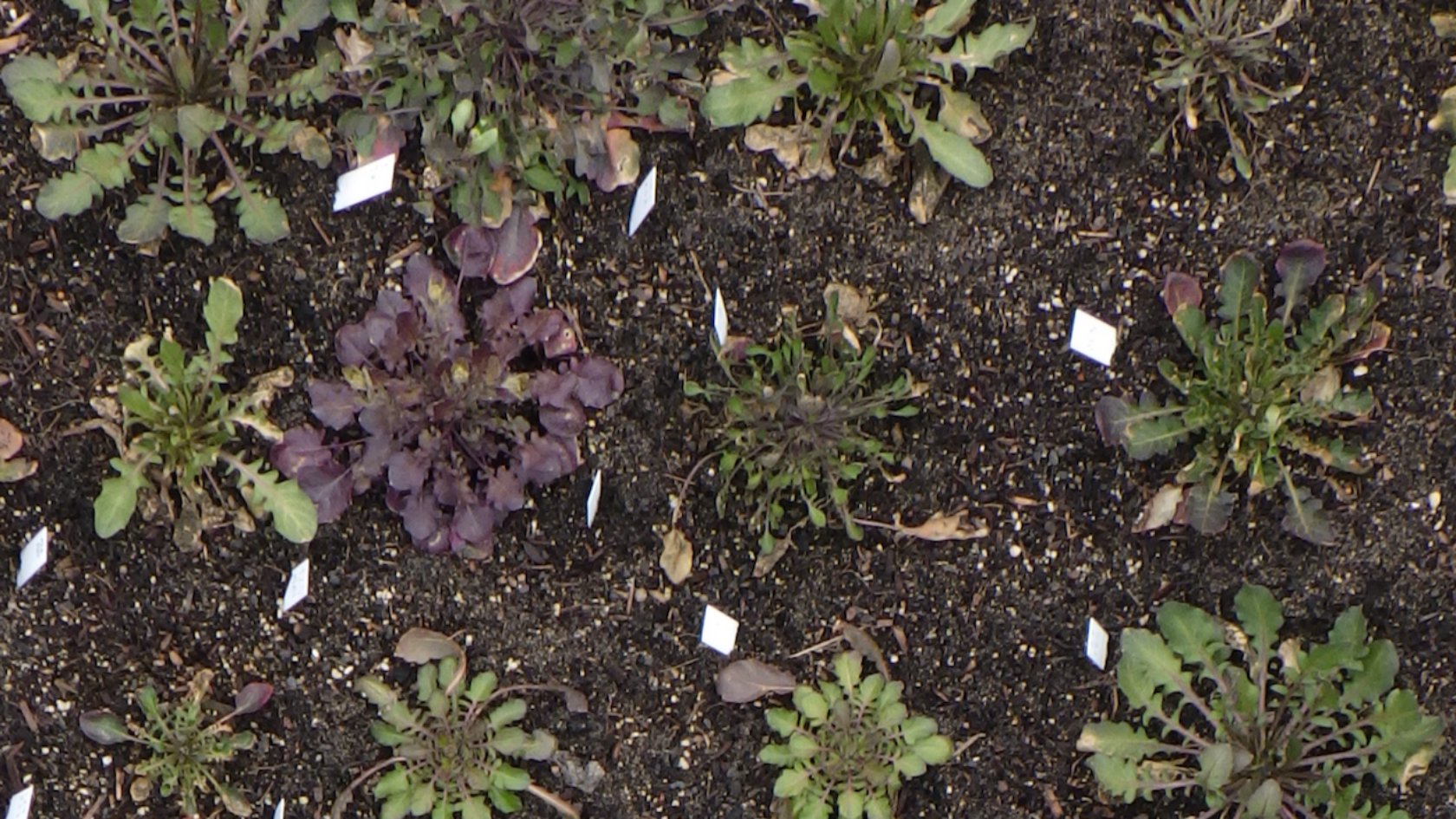
Artificial intelligence (AI) can help plant scientists collect and analyze unprecedented volumes of data, which would not be possible using conventional methods. Researchers at the University of Zurich (UZH) have now used big data, machine learning and field observations in the university’s experimental garden to show how plants respond to changes in the environment.
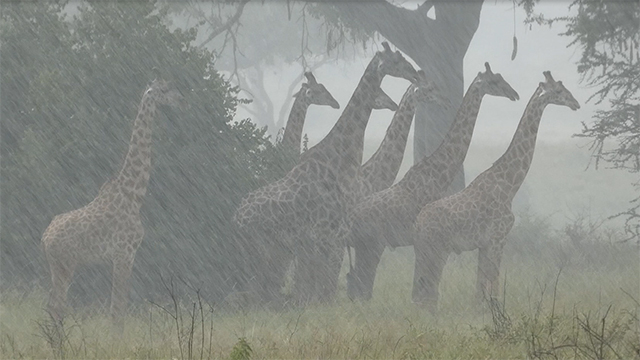
Giraffes in the East African savannahs are adapting surprisingly well to the rising temperatures caused by climate change. However, they are threatened by increasingly heavy rainfall, as researchers from the University of Zurich and Pennsylvania State University have shown.
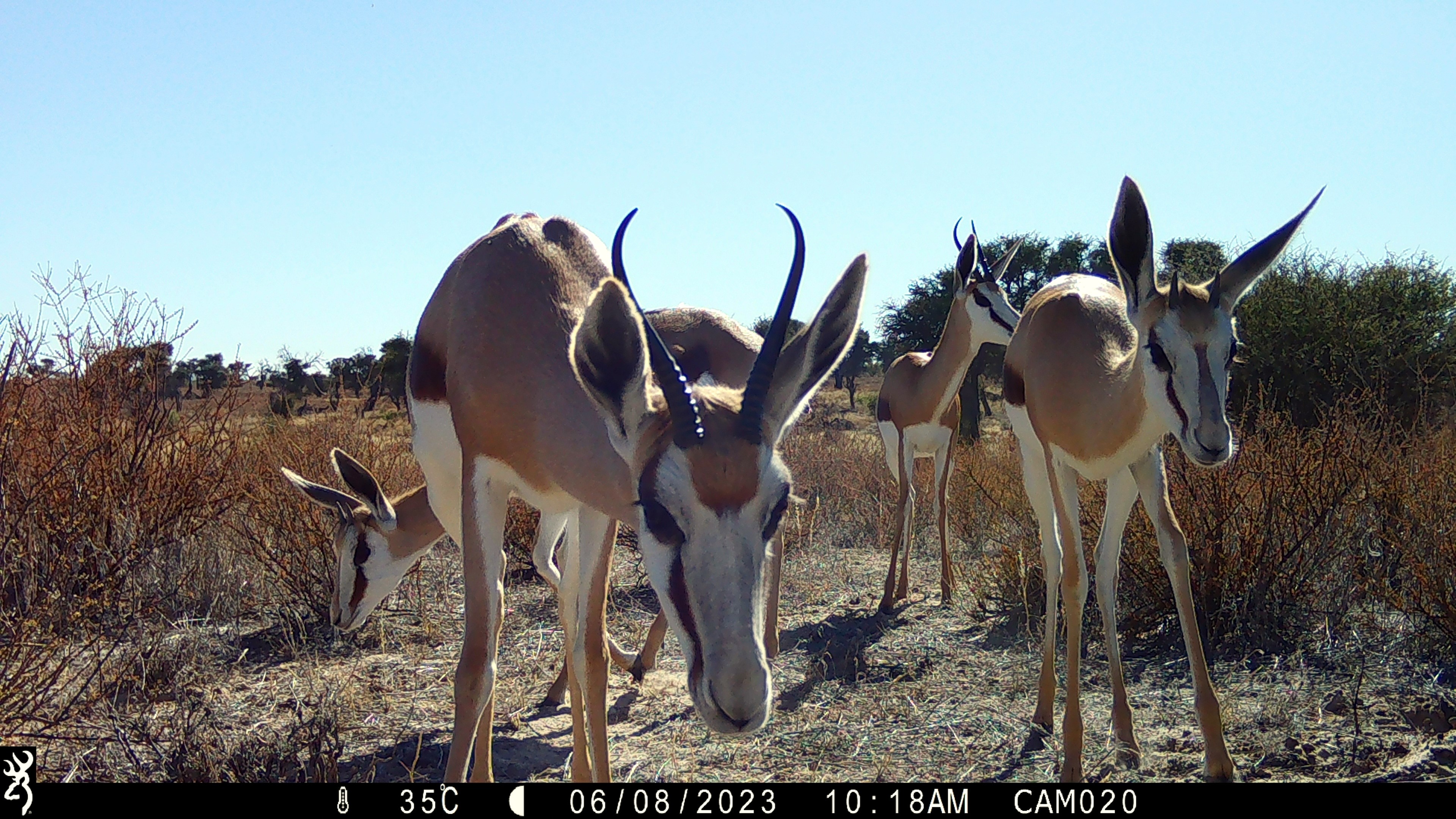
The Kalahari Biodiversity Project, now encompassing 72 km², employs a dense network of 150 camera traps and novel soil invertebrate trapping methods to study vertebrate and invertebrate interactions across varied land uses, unraveling the complex relationships between species, land use, and climate change, offering crucial insights for biodiversity conservation and ecosystem management.

How do today’s indigenous communities of South America trace back to the history of human migration and contact in the continent? An international team has worked to reconstruct the legacy of Chile’s largest indigenous community, the Mapuche, in a quest to strengthen their representation in the history of the continent. It appears the Mapuche long lived in relative isolation but do bear some influences from other populations of the Central Andes and the far south of Chile.